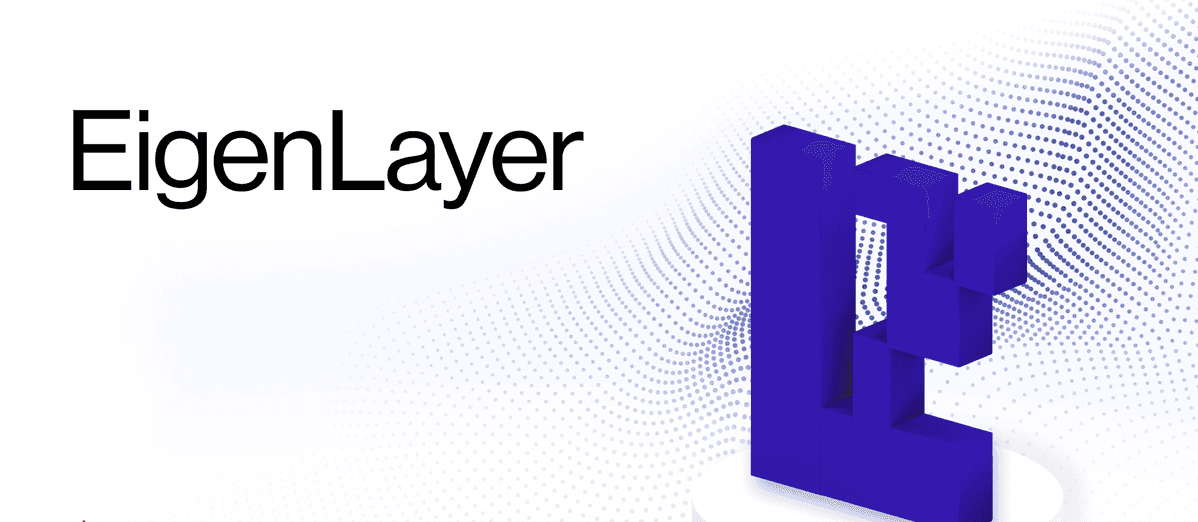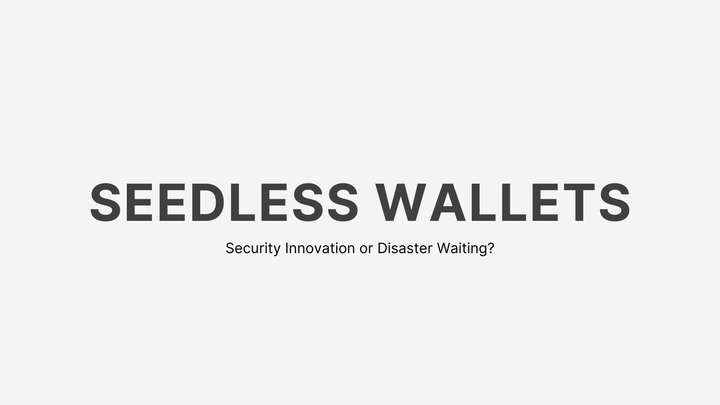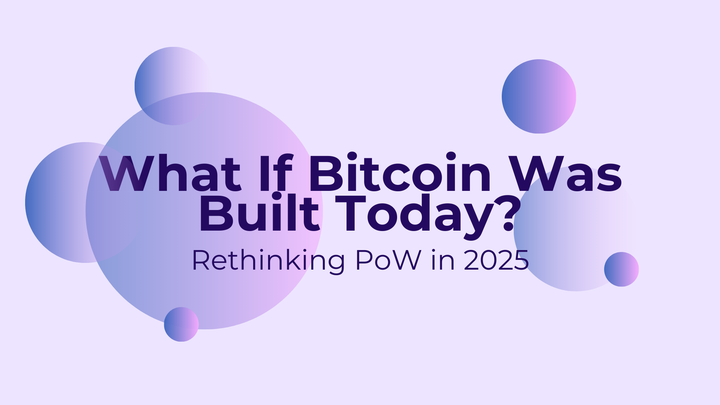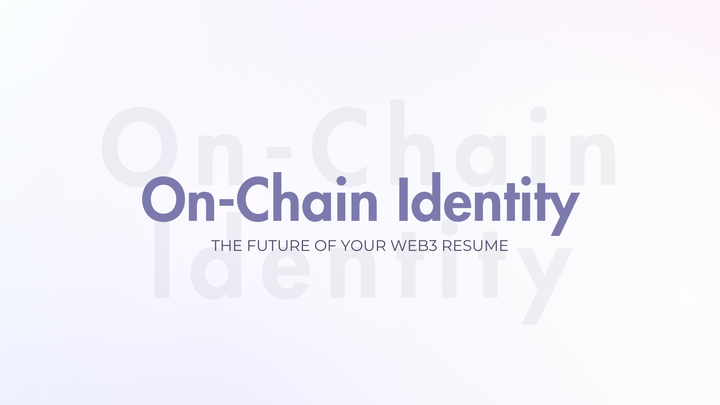The Rise of Restaking Maximalism: Is EigenLayer Creating a New Class of DeFi Power Users?

Introduction
Decentralized Finance (DeFi) has redefined how individuals interact with financial systems, offering permissionless access to lending, borrowing, and yield-generating opportunities through blockchain technology. Since the DeFi summer of 2020, the ecosystem has grown exponentially, with a market capitalization exceeding $46 billion and over 6.6 million users as of January 2023. A new paradigm, known as "restaking maximalism," is emerging, driven by EigenLayer, a protocol that allows Ethereum (ETH) stakers to repurpose their staked assets to secure multiple networks, amplifying yields and network utility. With a total value locked (TVL) surpassing $12.5 billion by August 2024, EigenLayer has become the second-largest DeFi protocol, trailing only Lido.
Restaking maximalism refers to the strategy of leveraging staked assets—either native ETH or liquid staking tokens (LSTs) like stETH or rETH—to maximize returns by securing multiple decentralized applications (dApps) or Actively Validated Services (AVSs) simultaneously. This approach has sparked debate: is EigenLayer empowering a new class of sophisticated DeFi power users, or is it introducing systemic risks that could undermine Ethereum’s stability? This article explores the mechanics of restaking, EigenLayer’s role in its rise, the emergence of a new DeFi user archetype, and the opportunities and challenges this trend presents for the broader ecosystem. Through technical analysis, case studies, and critical evaluation, we assess whether restaking maximalism is a game-changer or a gamble.
Understanding Restaking and EigenLayer’s Innovation
What is Restaking?
Restaking, introduced by EigenLayer, is a novel primitive in cryptoeconomic security that allows users to repurpose staked ETH or LSTs to provide validation services for multiple protocols beyond Ethereum’s core network. Unlike traditional staking, where assets are locked to secure a single blockchain, restaking enables stakers to extend Ethereum’s security to other dApps, such as data availability layers, oracles, or cross-chain bridges, earning additional rewards. This is akin to rehypothecation in traditional finance, where assets are reused for multiple purposes, but restaking maintains user control, aligning with blockchain’s self-custody ethos.
EigenLayer facilitates two primary restaking models:
- Native ETH Restaking: Users deposit ETH into an EigenPod, a specialized smart contract that acts as a validator across Ethereum and other protocols. Stakers redirect their withdrawal credentials to the EigenPod, allowing it to manage validator rights.
- Liquid Staking Token (LST) Restaking: Users deposit LSTs (e.g., stETH from Lido, rETH from Rocket Pool) into EigenLayer’s smart contracts, enabling these tokens to secure multiple AVSs while remaining liquid for DeFi activities like trading or lending.
EigenLayer’s architecture creates a marketplace for trust, connecting restakers (users with staked assets), operators (node runners validating AVSs), and AVSs (services requiring security). This pooled security model reduces the capital costs of bootstrapping new protocols, as they can lease Ethereum’s validator set rather than building their own. By June 2023, EigenLayer’s mainnet launch had attracted $15.7 billion in TVL, reflecting its rapid adoption.
The Mechanics of Restaking Maximalism
Restaking maximalism is the pursuit of maximizing yield by restaking assets across multiple AVSs, compounding returns while diversifying risk exposure. For example, a user staking 32 ETH on Ethereum (earning ~3.5% APY) can restake it on EigenLayer to secure a data availability layer like EigenDA, earning additional rewards. Liquid restaking protocols like InceptionLRT enhance this by offering tokens (e.g., LRTs) that maintain liquidity, allowing users to trade or lend while restaking.
This strategy appeals to sophisticated users who optimize capital efficiency. By restaking, a user can earn:
- Ethereum staking rewards (~3-5% APY).
- AVS-specific rewards, which vary by protocol and risk profile.
- Potential airdrops, as EigenLayer’s points system incentivizes early adopters with future $EIGEN tokens.
However, restaking compounds risks, including slashing (penalties for validator misbehavior) and smart contract vulnerabilities. EigenLayer’s slashing conditions, enforced via smart contracts, can penalize up to 50% of staked ETH, in addition to Ethereum’s native slashing risks.
The Rise of a New DeFi Power User
Defining the DeFi Power User
Restaking maximalism is giving rise to a new class of DeFi power users: technically savvy, yield-optimizing individuals or entities who leverage restaking to maximize returns while navigating its complexities. Unlike traditional DeFi users who engage in yield farming or liquidity provision, these power users are characterized by:
- Technical Proficiency: They understand wallet management, smart contract interactions, and validator operations, enabling them to restake native ETH or LSTs confidently.
- Capital Efficiency: They deploy capital across multiple AVSs, balancing yield and risk through diversified restaking strategies.
- Risk Awareness: They assess slashing risks, operator reliability, and protocol vulnerabilities, often using analytics tools like DeFiLlama to monitor TVL and protocol health.
- Community Engagement: Many participate in governance or community discussions, influencing AVS development and EigenLayer’s roadmap.
These users range from individual “degens” chasing high APYs to institutional players like hedge funds or DAOs managing large ETH holdings. For instance, a post on X highlighted EigenLayer’s appeal to “whales” (large holders), though declining interest in 2024 suggests a shift toward more strategic players.
Case Studies of Power User Strategies
- The Yield Spiral Enthusiast: A user stakes 100 ETH on Ethereum, receiving stETH from Lido. They restake stETH on EigenLayer, delegating to operators running EigenDA and a cross-chain bridge AVS. This earns them Ethereum staking rewards (3.5%), EigenDA rewards (estimated 2-5%), and bridge rewards (3%), plus $EIGEN points for future airdrops. To further optimize, they deposit their LRTs into a lending protocol like Aave, earning additional yield. This “yield spiral” exemplifies maximalism but requires monitoring multiple protocols for risks.
- The Institutional Restaker: A crypto hedge fund stakes 1,000 ETH natively via EigenPods, selecting operators with low slashing risk. They diversify across 10 AVSs, including oracles and sequencers, to spread risk. By analyzing operator performance and AVS reward structures, they achieve a blended APY of 8%, outperforming traditional staking. Their strategy leverages EigenLayer’s marketplace dynamics, where operators compete to offer competitive yields.
- The Community-Driven Maximalist: A DAO restakes 500 ETH to support emerging AVSs, such as a decentralized AI compute service. Members vote on operator selection and AVS allocation, balancing community-driven projects with high-yield opportunities. Their engagement in EigenLayer’s governance forums shapes protocol upgrades, reinforcing their influence as power users.
These examples illustrate how restaking empowers users to transcend passive staking, actively shaping DeFi’s evolution while reaping compounded rewards.
Opportunities Enabled by Restaking Maximalism
1. Enhanced Capital Efficiency
Restaking maximizes the utility of staked ETH, allowing users to earn multiple revenue streams without additional capital. For instance, a $1 billion ETH pool restaked across three AVSs can secure $3 billion in collective value, enhancing network trust without requiring new validators. This efficiency attracts power users seeking to optimize idle assets, particularly in low-yield environments where Ethereum’s staking APY has dipped to ~3.5%.
2. Accelerated Innovation
EigenLayer lowers barriers for new protocols by providing access to Ethereum’s validator set, enabling rapid deployment of dApps like EigenDA, which offers high-throughput data availability (15 MB/s vs. Ethereum’s 80 KB/s). Power users benefit from early access to these AVSs, earning rewards while supporting innovative use cases like decentralized sequencers or AI-driven oracles.
3. Financial Inclusion
Restaking’s flexibility, particularly through LSTs, democratizes access to high-yield opportunities. Users in regions like India, where Web3 adoption is growing (11% of global developers), can restake small ETH amounts to secure rural fintech or government tender platforms, as noted in a 2025 Outlook India article. This aligns with DeFi’s promise of inclusivity, though accessibility remains a challenge for non-technical users.
4. Community and Governance Influence
Power users actively shape EigenLayer’s ecosystem through delegation and governance. By selecting operators or advocating for AVS standards, they influence protocol security and reward structures. The EigenLayer community’s rapid delegation of 2.2 million ETH post-mainnet launch in 2023 reflects this engagement.
Challenges and Risks of Restaking Maximalism
1. Systemic Risks to Ethereum
Ethereum co-founder Vitalik Buterin and researcher Justin Drake have raised concerns about restaking’s impact on network stability. Overloading Ethereum’s consensus layer with complex AVS slashing conditions could lead to cascading failures. For example, if a large operator colludes across multiple AVSs, the cumulative reward from malicious behavior might exceed slashing penalties, undermining security. EigenLayer’s multisig governance, which can veto slashing decisions, introduces centralization risks, potentially concentrating power among a few operators.
2. Slashing and Smart Contract Risks
Restaking compounds slashing risks, as stakers face penalties from both Ethereum and AVSs. Only 431 Ethereum validators have been slashed historically, but EigenLayer’s complex ecosystem increases this risk, particularly for AVSs with subjective slashing rules. Smart contract vulnerabilities in EigenLayer or LST protocols (e.g., Lido’s stETH) further expose users to losses, as seen in $3.7 billion in DeFi hacks in 2022.
3. Centralization Concerns
Large operators with significant pooled security may dominate EigenLayer’s marketplace, marginalizing smaller players. A 2024 arXiv paper noted that AVSs favor established operators, potentially concentrating staked ETH and undermining Ethereum’s decentralization goals. This could exclude smaller power users, favoring institutional players with more resources.
4. Declining Hype and Market Dynamics
Despite early excitement, EigenLayer’s TVL dropped 20% from $20 billion in June 2024, reflecting reduced “points farming” as airdrop incentives waned. Posts on X suggest declining whale activity, with users seeking “greener pastures” in competing protocols like Symbiotic or Karak. This volatility challenges power users reliant on consistent yields.
5. Complexity for New Users
Restaking’s technical complexity—managing EigenPods, selecting operators, and understanding AVS risks—excludes non-technical users, limiting inclusivity. A 2023 ConsenSys study found 60% of DeFi users abandon platforms due to usability issues, a barrier that restaking amplifies.
EigenLayer’s Role in Shaping DeFi’s Future
Competitive Landscape
EigenLayer faces competition from protocols like Karak, which supports restaking of diverse assets (e.g., stablecoins), and Symbiotic, which allows restaking of any ERC-20 token. These platforms challenge EigenLayer’s dominance by offering broader asset compatibility, potentially attracting power users seeking flexibility. However, EigenLayer’s $12.5 billion TVL and integration with Ethereum’s ecosystem (e.g., EigenDA) cement its leadership.
Innovations on the Horizon
EigenLayer is exploring ETH LP and LST LP restaking, enabling users to restake liquidity pool tokens from DEXes or lending platforms. This could further amplify yields, appealing to power users engaged in yield farming. Additionally, EigenLayer’s Rewards v2 upgrade (in testnet as of 2024) will streamline AVS reward distribution, enhancing transparency. Posts on X highlight EigenLayer’s potential to integrate with BTCfi, suggesting future support for Bitcoin derivatives, expanding its reach.
Balancing Innovation and Stability
To sustain restaking maximalism, EigenLayer must address systemic risks. Adopting objective slashing conditions, as suggested by founder Sreeram Kannan, could mitigate high-risk scenarios. AI-driven risk assessment tools, as proposed in a 2024 EigenLayer blog, could optimize yield strategies while flagging vulnerabilities, empowering power users to make informed decisions.
Conclusion
The rise of restaking maximalism, driven by EigenLayer, is reshaping DeFi by creating a new class of power users who optimize capital efficiency, influence governance, and drive innovation. These users leverage restaking to earn compounded yields, support emerging dApps, and shape Ethereum’s ecosystem. With $12.5 billion in TVL and 5 million ETH restaked, EigenLayer has proven its transformative potential.
However, challenges like systemic risks, centralization concerns, and technical complexity threaten its sustainability. For restaking maximalism to fulfill its promise, EigenLayer must prioritize transparent governance, robust security, and inclusive design to empower both sophisticated and novice users. As DeFi evolves, restaking power users will play a pivotal role in defining its future, balancing high rewards with the responsibility to safeguard Ethereum’s decentralized ethos. Whether EigenLayer creates a lasting class of DeFi elites or exposes the ecosystem to new vulnerabilities remains an open question, but its impact is undeniable.



Comments ()